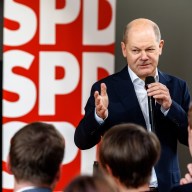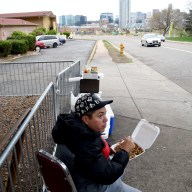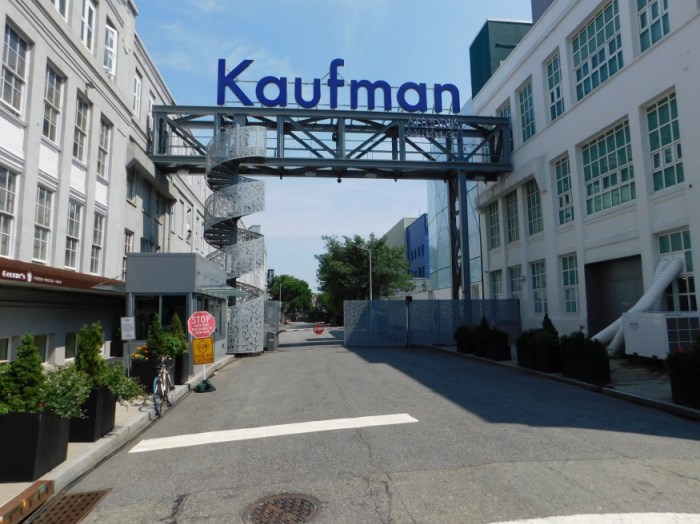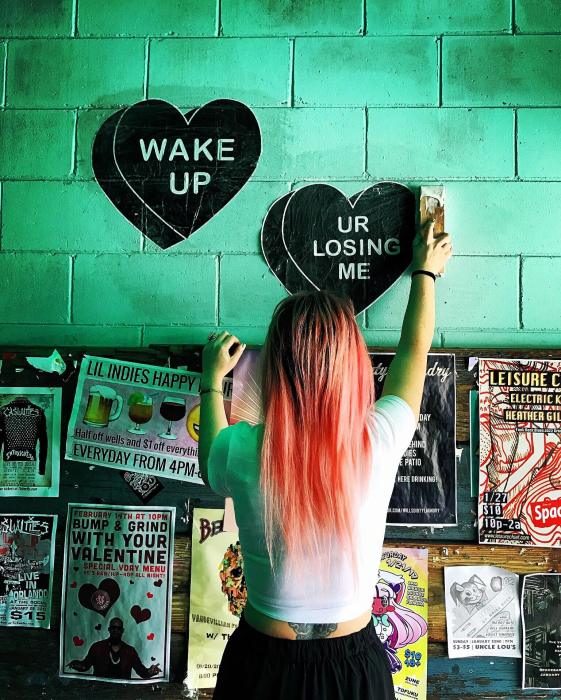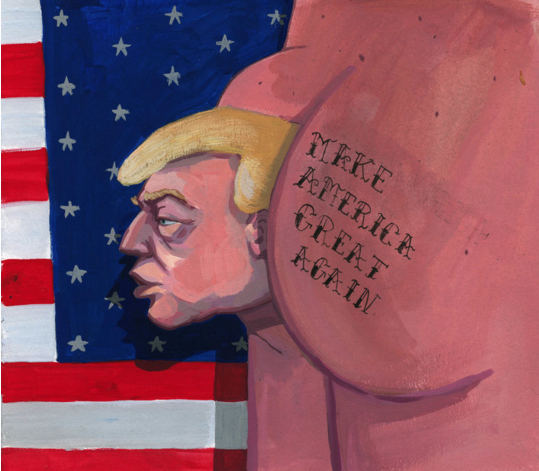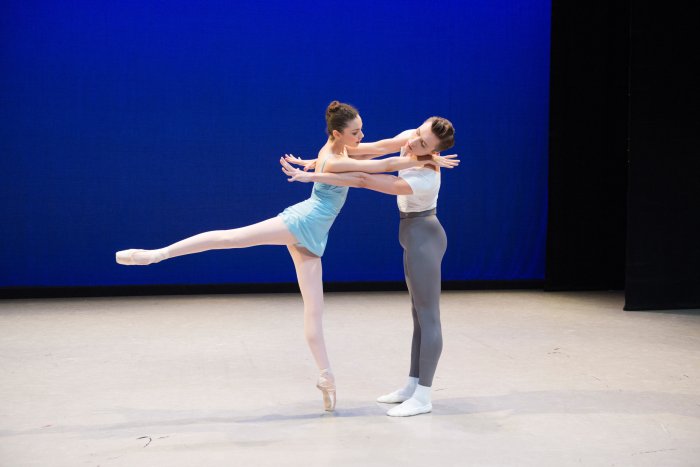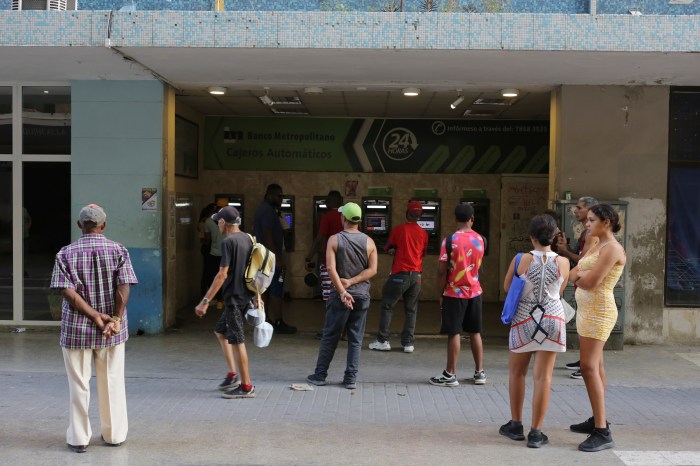The first piece you see of the Whitney Biennial is easily understood even if you’re not a “Lord of the Rings” fan: the flaming Eye of Sauron, printed 29 feet wide by anonymous pop artist Puppies Puppies. Big Brother is watching — but so are we. This year, the museum’s biannual survey of American contemporary art is especially driven by a “sense of direct encounter,” according to avant-garde chief curator Scott Rothkopf. There’s never been a clearer sense that the American story is very different depending on who you are and where you live, and the chosen works don’t shy away from its ugliness or beauty. March 17-June 1199 Gansevoort St.$25, whitney.org “A lot of the works ask us to consider the forces that bring us together, as well as those that pull us apart” is how Mia Locks, one of the two young co-curators of the exhibit along with Christopher Y. Lew, describes the Biennial, which opens to the public on March 17. RELATED:Circus 1903 wows with nostalgia and lifelike elephant puppets The exhibit spans works by 63 artists in every medium: paintings, video, sculpture, photographs, virtual reality, fabric and performance pieces, stretching from the museum’s lobby to the eighth floor, with additional pop-up shows and films on certain days. Modern American life is inarguably fraught, but Lew and Locks have managed to confront heady issues with sensitivity. Maya Stovall‘s “Liquor Store Theatre” illustrate how liquor stores function as community centers in Detroit.The confusion and loneliness as the past and present collide in Jo Baer’s “deep time” paintings will make you want to call your grandparents. In a work of staggering complexity, Samara Golden has made an Escher-esque tower of anxiety with sculptures of rooms and offices to reflect on social and political inequality. And, in perhaps the exhibition’s funniest moment, Pope.L confronts our trust in statistics with a literal roomful of bologna slices. Then there are bigger problems that certainly aren’t confined to our shores. The specter of global warming brings us Asad Raza’s sparse indoor forest of 26 potted trees, spanning 12 species including the oldest in the world. There are the digital addicts of Jon Kessler, so absorbed in their VR headsets that they don’t notice the tide of electronic noise rising up to drown them. And Occupy Museums, a group that ties economic inequality to cultural institutions, has turned an entire wall of the Whitney into “Debtfair” that confronts the financial straits of many artists while calling out the people — such as those on the boards of art museums — who profit from both their work and debt. But life is also full of wonder, and the Biennial is not without its ebullient moments. John Divola hangs portraits in abandoned spaces to bring them back to life. Lauded saxophonist Kamasi Washington moves into video for the celebration that is “Harmony of Difference.” Raul de Nieves brought stained glass art into the 21st century with a light-filled mural advocating peace and love, while Shara Hughes’ almost-realistic rainbow landscapes make it easy to take your imagination a dimension or two over from ours. RELATED: This is the hottest on and off-Broadway season in recent memory Then there’s arguably the most controversial piece of the exhibit. Frances Stark’s “Censorship Now” fills anentire gallery with oversized book pages often dripping with red ink that explain why the only way for the media, government and, yes, artists, to become relevant again is by limiting which ideas get an audience. It’s a bold statement — expect more like it under the leadership of Rothkopf, who’s looking for the voices that will challenge and shape the future of the art world. So far in his nearly two-year tenure, “We’ve had many more premieres of emerging talents, more group shows,” he says. “The whole life of the institution has really dedicated itself to new artists.”






